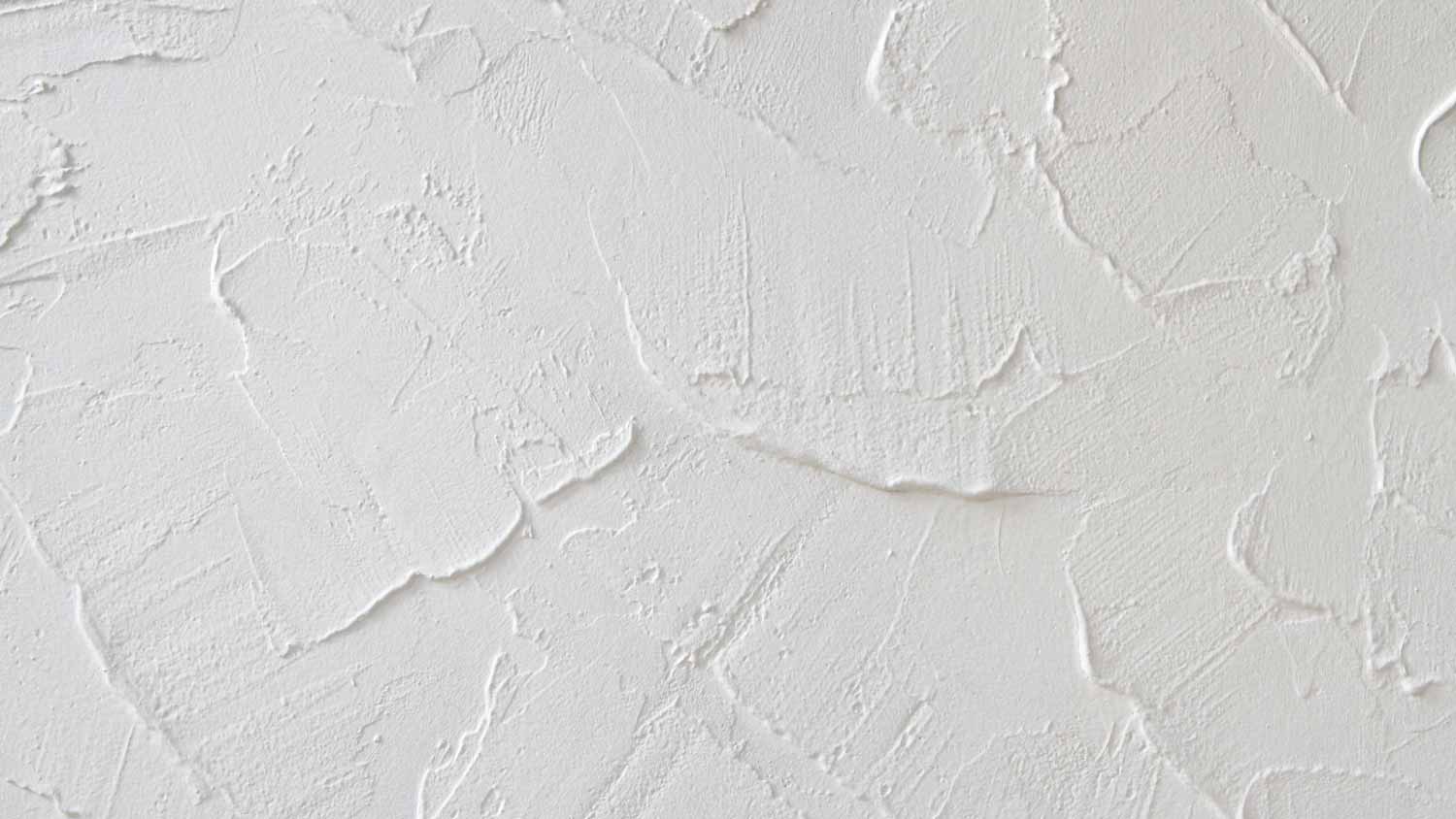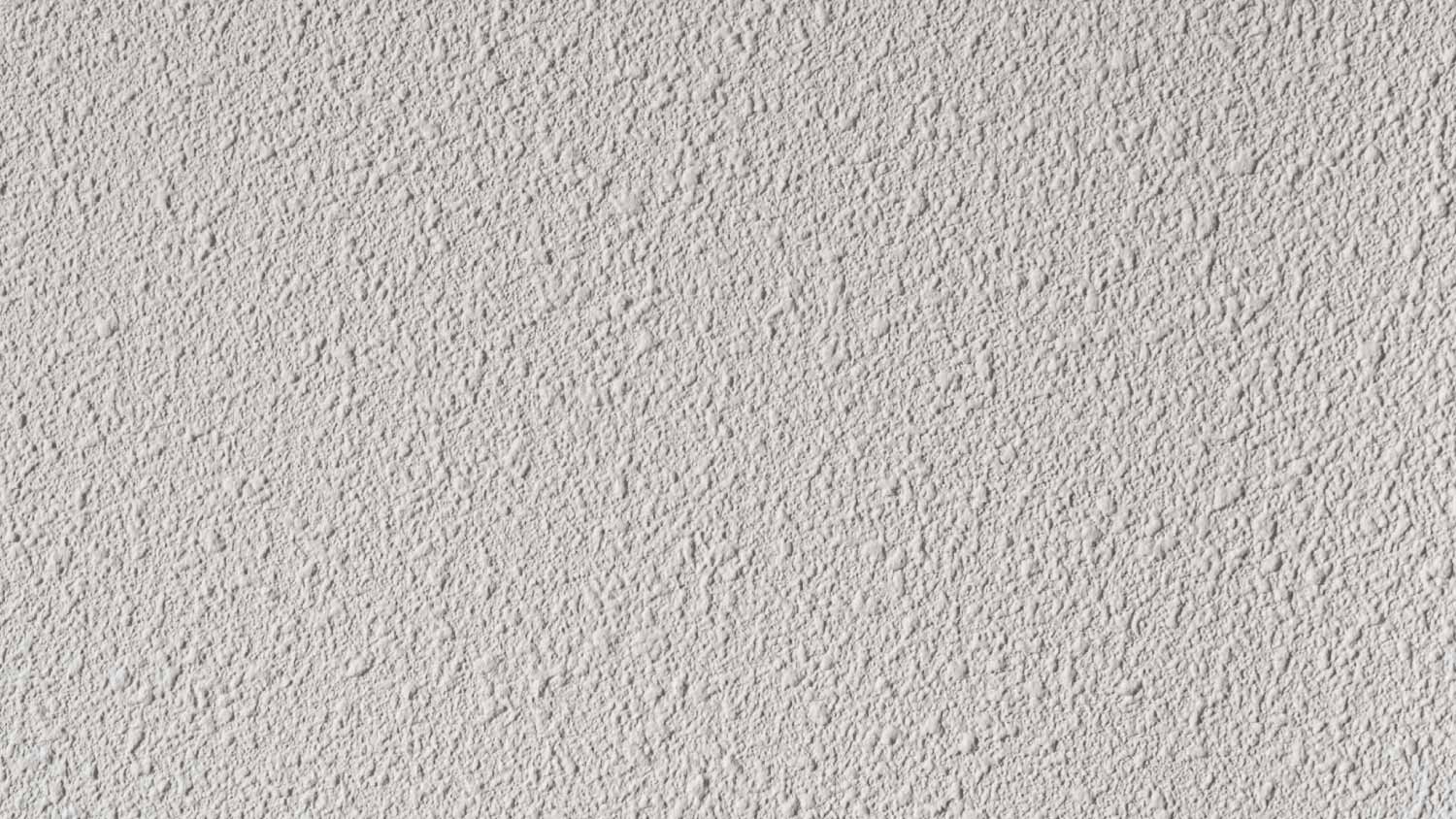EIFS vs Stucco: What Are the Main Differences?
Don’t get stuck on your stucco options


EIFS is a manufactured, layered building material.
Traditional stucco is made from a mix of sand, cement, lime, and water.
Lighter than traditional stucco, EIFS has excellent insulating properties.
Some homeowners prefer the authentic, textured look of traditional stucco.
Traditional stucco and synthetic stucco, also known as Exterior Insulation Finishing Systems (EIFS), are two excellent options for your home. Both materials can last 50 years or more, and can provide excellent protection for your home against the elements. To choose between synthetic stucco versus traditional stucco, you should weigh some key differences between the two materials—synthetic stucco, for instance, offers top-rate insulation, but traditional stucco is more budget-friendly and has a timeless, authentic look.
EIFS and Stucco: Key Differences
| Type of Difference | EIFS | Stucco |
|---|---|---|
| Composition | Synthetic materials | Natural materials |
| Application | 6 layers | 3 layers |
| Maintenance | Low maintenance | Frequent maintenance |
| Appearance | More customizations | Limited options |
| Durability | More durable | Less durable |
| Cost | More expensive | Less expensive |
| Energy Efficiency | More energy-efficient | Less energy-efficient |
EIFS is a wall finishing material made from multiple layers. The exterior layer of synthetic stucco is an acrylic finish coat that gives the EIFS texture.
Stucco, on the other hand, is a cement-based plaster that is made from Portland cement, lime, sand, and water. Stucco is applied to homes in three coats: a rough scratch coat, a secondary base coat, and a finish coat.
Stucco is a tried-and-true material that has been around for decades, while EIFS is newer to the market. Because EIFS has an insulation barrier, it offers superior insulating properties. It is also more flexible than stucco, and therefore won’t crack as easily. Stucco, however, is more cost effective, with many homeowners preferring the less manufactured appearance compared to that of EIFS.
What Is EIFS?

EIFS (Exterior Insulation and Finish System), also known as synthetic stucco, is a manufactured product with several layers to provide optimal insulation and excellent durability. The layers in synthetic stucco consist of:
Water-resistant barrier (optional)
Insulation board
Fiberglass mesh
Water-resistant base coat
Finish coat
You might hear some people refer to EIFS as Dryvit, but Dryvit is not the name of a product; rather, it is the brand name of a company that manufactures EIFS.
| Pros | Cons |
|---|---|
| Excellent insulation | Prone to moisture damage |
| Less prone to cracks | Easily dented or punctured |
| Design versatility | Less character and authenticity |
| More expensive than stucco |
Best for:
Homeowners who desire superior insulation
Homeowners worried about cracking
Homeowners who want broad design choices
Pros of Synthetic Stucco
Because of its many layers—which includes fiberglass—synthetic stucco is extremely durable. In addition, it has a very high R-value (a measure of a material’s ability to resist heat flow) and therefore, excellent insulating properties. If you live in a colder climate, synthetic stucco could help you save on your energy bills.
EIFS is available in a wide range of finishes, and can mimic stucco, stone, or even brick. The design versatility allows homeowners to choose a style and finish that matches their aesthetic preferences and goals.
Finally, EIFS is a very lightweight, flexible material. Because traditional stucco is made from concrete, it has a tendency to crack, which requires regular maintenance to repair. EIFS, being malleable, is more resistant to cracking.
Cons of Synthetic Stucco
Even though synthetic stucco has some water-resistant barriers, it is not waterproof. Improperly installed EIFS can lead to water and moisture damage, which can promote mold growth and compromise your home’s structural integrity. Make sure to have your synthetic stucco installed by an experienced local stucco contractor.
While synthetic stucco can be manufactured in many different finishes, some homeowners might prefer the organic, authentic look of real stucco.
Finally, synthetic stucco is more expensive than traditional stucco. EIFS costs between $8 and $14 per square foot, while traditional stucco ranges between $7 and $9 per square foot. While this upfront cost is higher, it’s possible that the costs will even out over time with lower energy bills, as synthetic stucco is an extremely good insulator.
What Is Stucco?

Traditional stucco is a very old building material. Sometimes referred to as cement stucco or hard coat stucco, it is made from sand, cement, lime, and water. It has a very recognizable textured finish which many homeowners love, even if design options are limited beyond that. Because it is applied with multiple layers, it is known as being one of the strongest building materials available. Let’s look at the main pros and cons of stucco:
| Pros | Cons |
|---|---|
| Durable and fire-resistant | Prone to cracks |
| Organic, natural look | Lengthy installation process |
| Cost-effective |
Best for:
Homeowners on a budget
Homeowners who prefer an authentic, textured look
Homeowners concerned about moisture and fire damage
Pros of Traditional Stucco
Because traditional stucco is applied using multiple layers, it is one of the most durable building materials on the market. With proper application and installation, stucco can last 50 years or more, as it naturally resists heavy rains, pests, fire, and mold.
From a design perspective, stucco is very versatile; you can choose to paint it with ordinary house paint. Many homeowners like the heavily textured look of stucco, especially compared to more manufactured materials such as EIFS.
Finally, stucco is cost-effective and easy to maintain. Maintenance usually involves doing an annual inspection of the exterior and filling any cracks present.
Cons of Traditional Stucco
Because stucco is made of concrete, it is prone to cracking. You’ll want to be on top of your annual inspections to check for cracks and fill in any that you see. In addition, the installation process is arduous and time-consuming; it’s not recommended for DIYers. After application, stucco needs 36 hours or more to completely cure.
While stucco materials are inexpensive, the installation is costly, given the amount of work involved.
EIFS vs. Traditional Stucco
Time for these two home finishes to go head-to-head. Take a look at these core considerations before you decide whether to outfit your home with synthetic or traditional stucco.
Durability: Tie
Both materials are considered extremely durable, though traditional stucco would be better in places with heavier rainfall, as synthetic stucco can be prone to moisture damage.
Options and Customizations: EIFS
Synthetic stucco can look like traditional stucco, but it can also look like stone, brick, or many other materials. There are many finish options for homeowners who have a specific look in mind.
Price: Traditional Stucco
EIFS tends to be pricier, ranging in price from $8 and $14 per square foot, compared to the cost of traditional stucco, which ranges between $7 and $9 per square foot.
Maintenance: EIFS
Both finishes require regular inspection and cleaning, but because traditional stucco is prone to cracking, you’re more likely to need to make occasional repairs.
Insulation: EIFS
Synthetic stucco’s R-value is between 4 and 5.6, compared to traditional stucco’s R-value of 0.20. This superior insulation can save you lots of money on your energy bill.
Length of Life: Tie
Both materials have a life span of 50 years or more.
ROI and/or Resale Value: Tie
Both EIFS and traditional stucco are very durable and protect your home from the elements, which boosts resale value. Both materials have an ROI of about 70%.















